If you are thinking of adopting a new pet, you might want to consider the Dogo Argentino. This breed of dog is known for its loyalty, intelligence, and protective nature, making it an excellent choice for families and individuals who are looking for a reliable and loving companion. In this comprehensive guide, we will provide you with everything you need to know about the Dogo Argentino, including its history, characteristics, temperament, training, and care.
Introduction
The Dogo Argentino, also known as the Argentine Mastiff, is a large, muscular breed that was originally bred for big game hunting in Argentina. They are strong, courageous, and loyal dogs that make great companions for active families. However, before you decide to bring one of these dogs home, there are some important things you need to know.
Dogo Argentino Overview
| Attribute | Response |
| Origin | Argentina |
| History | Bred for big game hunting, developed in 1928 |
| Affectionate with Family | Yes, very loyal and protective |
| Good with children | Can be good with children, but supervision is advised |
| Good with other dogs | Early socialization and training is necessary |
| What kind of family is good | Experienced, active, and able to provide leadership |
| Space requirements | Needs a large, secure yard and plenty of exercise |
| Shedding level | Moderate |
| Coat grooming frequency | Weekly |
| Coat type | Short, smooth, and shiny |
| Coat length | Short |
| Drooling level | Moderate |
| Openness to strangers | Can be reserved, early socialization is important |
| Playfulness | Very active and playful |
| Type of dog | Watchdog and guard dog |
| Trainability | High, but requires firm and consistent training |
| Energy level | Very high, requires plenty of exercise and stimulation |
| Barking level | Moderate |
| Mental stimulation needs | High, requires plenty of mental stimulation and training |
| Dietary requirements | High-quality, high-protein diet is recommended |
History of the Dogo Argentino
The Dogo Argentino breed was created in the 1920s by Dr. Antonio Nores Martinez, an Argentine surgeon. He wanted to create a dog that could hunt big game, such as wild boar and puma, in the rugged terrain of the Argentine countryside. To accomplish this, he crossed several breeds, including the Cordoba Fighting Dog, the Pointer, the Great Dane, and the Boxer. The result was the Dogo Argentino, a powerful and athletic dog that was well-suited for hunting.
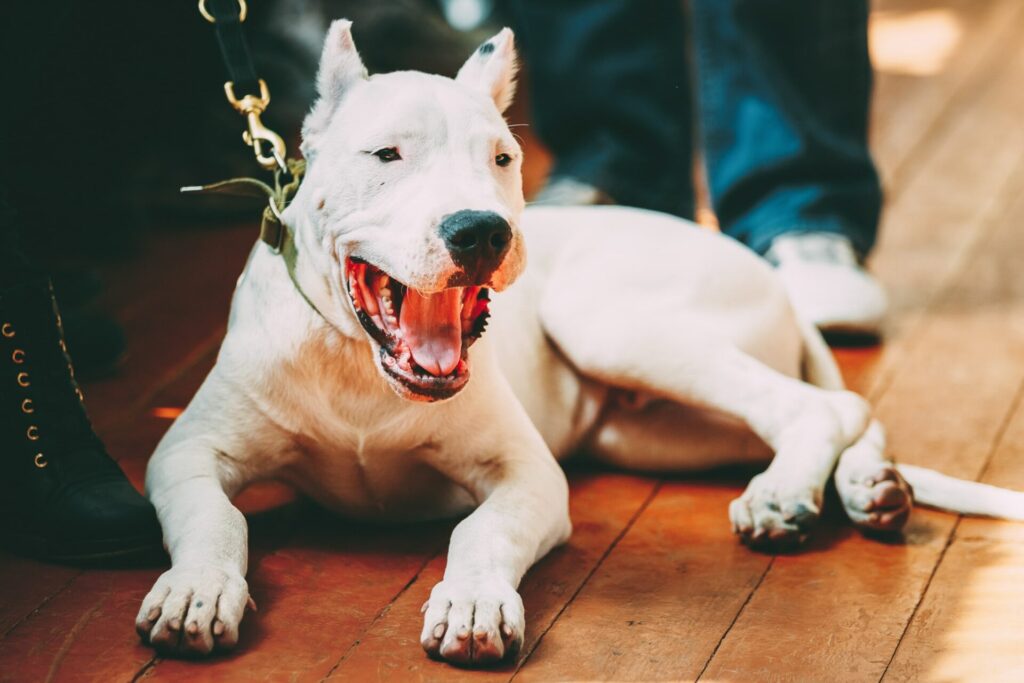
Dogo Argentino Physical Characteristics
The Dogo Argentino is a large, muscular dog with a short, white coat. They have a broad head, strong jaws, and powerful neck and shoulders. Their ears are cropped and their tails are usually docked. They stand between 24 and 27 inches tall at the shoulder and weigh between 80 and 100 pounds.
Temperament and Personality
Despite their intimidating appearance, the Dogo Argentino is a friendly and affectionate breed. They are known for their loyalty and protectiveness, which makes them great guard dogs. They are also energetic and playful, which makes them great companions for active families. However, they can be aggressive towards other animals, so early socialization and training is important.
Training Dogo Argentino
Training a Dogo Argentino requires patience and consistency. These dogs are intelligent and eager to please, but they can be stubborn at times. They respond well to positive reinforcement training, such as clicker training and treat rewards. It is important to start training them at a young age and to provide plenty of socialization opportunities.
Grooming Dogo Argentino
The Dogo Argentino has a short, white coat that is easy to maintain. They only need to be brushed once a week to remove loose hair and dirt. They do not have an undercoat, so they do not shed heavily. They only need to be bathed occasionally, as they do not have a strong odor.
Dogo Argentino Exercise and Health
The Dogo Argentino is a highly active breed that requires plenty of exercise. They need at least 60 minutes of vigorous exercise every day to stay healthy and happy. They enjoy activities such as running, hiking, and swimming. They are generally a healthy breed, but they can be prone to certain health issues, such as hip dysplasia and deafness.
Nutrition
Feeding your Dogo Argentino a balanced diet is important for their health and wellbeing. They require a high-quality, protein-rich diet that is appropriate for their age, activity level, and overall health. It is important to avoid overfeeding them, as they can easily become overweight.
Dogo Argentino Common Health Issues
As with any breed, the Dogo Argentino can be prone to certain health issues. Some of the most common health issues in this breed include hip dysplasia, deafness, skin allergies, and gastric torsion. Regular visits to the vet, a balanced diet, and plenty of exercise can help prevent many of these issues.
Choosing a Dogo Argentino
If you are interested in bringing a Dogo Argentino into your home, it is important to do your research and choose a reputable breeder. Look for a breeder who is knowledgeable about the breed and who screens their dogs for health issues. It is also important to choose a dog that has a good temperament and who has been socialized from a young age.
Bringing a Dogo Argentino Home
Bringing a Dogo Argentino into your home requires some preparation. You will need to have a secure, fenced yard and plenty of space for your dog to play and exercise. You will also need to provide your dog with plenty of toys and activities to keep them entertained. Early socialization and training is also important to ensure that your dog grows up to be a well-behaved and well-adjusted companion.
Living with a Dogo Argentino
Living with a Dogo Argentino can be a rewarding experience, but it also requires some work. These dogs are energetic and require plenty of exercise and playtime. They also need plenty of socialization to prevent aggression towards other animals. With proper training and socialization, the Dogo Argentino can make a loyal and loving companion.
Socializing a Dogo Argentino
Socializing your Dogo Argentino from a young age is important to prevent aggression towards other animals and people. Expose your dog to a variety of people, places, and animals in a controlled and positive environment. This will help them develop into a well-adjusted and friendly companion.
Breeding and Reproduction
Breeding a Dogo Argentino should only be done by experienced breeders who are knowledgeable about the breed and who screen their dogs for health issues. It is important to ensure that both the male and female dogs are healthy and have good temperaments. Proper care and nutrition during pregnancy is also important to ensure the health of the puppies.
Conclusion
The Dogo Argentino is a loyal, intelligent and powerful breed that is an excellent guard dog and hunting companion. They need plenty of exercise, mental stimulation and human companionship to thrive. With the proper training and socialization, the Dogo Argentino can be a well-mannered canine companion.
Please also check out other articles in this website like Top 10 Rare Dog Breeds: The Hidden Gems of the Canine World, 15 Most Expensive Dog Breeds: A Comprehensive Guide, Bernese Mountain Dog:10 Surprising Facts That You May Not Have Known.
FAQs
What is a Dogo Argentino?
A Dogo Argentino is a large, muscular dog breed that originated in Argentina. They were originally bred for big-game hunting, but have since been used as police dogs, search and rescue dogs, and even as family pets.
What is the temperament of a Dogo Argentino?
Dogo Argentinos are known for their loyalty and protective nature towards their family. They are confident, brave, and highly trainable, making them great companions and watchdogs. They require proper socialization and training to ensure they behave well around other people and animals.
What is the average lifespan of a Dogo Argentino?
The average lifespan of a Dogo Argentino is around 10-12 years, although some can live longer with proper care and nutrition.
How big does a Dogo Argentino get?
Dogo Argentinos are a large breed, typically weighing between 80-100 pounds and standing around 24-27 inches tall at the shoulder.
What is the grooming requirements for a Dogo Argentino?
Dogo Argentinos have short, smooth coats that require minimal grooming. They shed moderately, so regular brushing will help to keep their coat looking shiny and healthy.
Do Dogo Argentinos have any health issues?
Like all dog breeds, Dogo Argentinos can be prone to certain health issues such as hip dysplasia and deafness. It is important to purchase from a reputable breeder and have regular veterinary check-ups.
Are Dogo Argentinos good with children?
Dogo Argentinos can be great with children if they are properly socialized and trained. However, due to their size and protective nature, they may not be suitable for families with young children or inexperienced owners.
How much exercise does a Dogo Argentino need?
Dogo Argentinos are a highly active breed and require plenty of exercise to keep them physically and mentally stimulated. They should have at least 1-2 hours of exercise per day, such as brisk walks, jogs, or playtime in a fenced yard.
Are Dogo Argentinos good apartment dogs?
Dogo Argentinos are not recommended for apartment living due to their large size and high energy level. They require plenty of space to run and play, as well as daily exercise and mental stimulation.
Do Dogo Argentinos get along with other pets?
Dogo Argentinos can get along with other pets if they are properly socialized and introduced to them at a young age. However, their hunting instincts may make them prone to chasing smaller animals, so it is important to supervise them around other pets.
Can I get a Dogo Argentino in the UK?
No, the ownership of Dogo Argentinos is prohibited in the UK under the Dangerous Dogs Act 1991.
Is Dogo Argentino a good family dog?
Dogo Argentinos can be great family dogs if they are properly socialized and trained. They are loyal, protective, and can be great with children. However, they may not be suitable for families with young children or inexperienced owners due to their large size and protective nature.
Where are Dogo Argentino banned?
Dogo Argentinos are banned in several countries, including the UK, Australia, New Zealand, Iceland, Denmark, Singapore, and Ukraine.
Is a Dogo Argentino stronger than a pitbull?
Both Dogo Argentinos and Pitbulls are strong breeds, but it is difficult to compare them in terms of strength. Dogo Argentinos were bred for hunting big game while Pitbulls were bred for dog fighting, so their strength can vary depending on their breeding and individual characteristics.
Is a Dogo Argentino a Cane Corso?
No, a Dogo Argentino is a separate breed from the Cane Corso. While they share some physical characteristics, such as their large size and muscular build, they have different origins and temperaments.
What 2 dogs make a Dogo Argentino?
The Dogo Argentino was developed by crossing several breeds, including the Cordoba Fighting Dog, Pointer, Boxer, Great Dane, and Bull Terrier.
How strong is a Dogo Argentino bite?
Dogo Argentinos have a strong bite force, which is estimated to be around 500-600 PSI (pounds per square inch). This is stronger than the bite force of many other dog breeds.
Who would win in a fight Dogo Argentino or Cane Corso?
It is not appropriate or ethical to compare dogs in terms of fighting abilities. Dog breeds should be appreciated for their unique traits and characteristics, and should not be encouraged to engage in fighting or aggression.
Is the Dogo Argentino the strongest dog in the world?
There is no definitive answer to this question, as strength can vary depending on individual dogs and their characteristics. However, Dogo Argentinos are known for their physical strength, endurance, and agility, which makes them great working dogs and athletes.
What is the average lifespan of a Dogo Argentino?
The average lifespan of a Dogo Argentino is around 10 to 12 years, which is similar to other large dog breeds. However, the lifespan can vary depending on the individual dog’s health, genetics, and lifestyle. Proper nutrition, exercise, and veterinary care can help ensure a long and healthy life for your Dogo Argentino.
References
- Federation Cynologique Internationale (FCI): FCI is an international federation of kennel clubs that recognizes and registers Dogo Argentino as breed number 292. (https://www.fci.be/breeds/breeds_pr.asp?pr=292)
- United Kennel Club (UKC): UKC is a kennel club in the United States that recognizes and registers Dogo Argentino as a breed. (https://www.ukcdogs.com/dogo-argentino)
- American Kennel Club (AKC): Although the AKC does not currently recognize Dogo Argentino as a breed, they do allow them to compete in AKC events through their Foundation Stock Service program. (https://www.akc.org/sports/foundation-stocking-service-program/)
- The Kennel Club (TKC): TKC is the UK’s largest organization dedicated to the welfare of dogs and recognizes Dogo Argentino as a breed. (https://www.thekennelclub.org.uk/search/breeds-a-to-z/breeds/a/breed/1334/dogo-argentino/)
-
Calico Cats: Unique Feline Companions
Discover the charm of calico cats in my ultimate guide, covering their history, characteristics, and care tips for these unique felines.
-
Osprey vs Bald Eagle: The Dramatic Sky Battles for Fish
I’ve observed Osprey vs Bald Eagle engaging in fierce sky battles for fish, a captivating comparison that sheds light on their hunting tactics.
-
Why Are Zebra Stripes Black and White? The Fascinating Answers Unveiled
I delve into the science behind zebra stripes and answer ‘Why Are Zebra Stripes Black and White?’ revealing intriguing reasons and surprising facts.

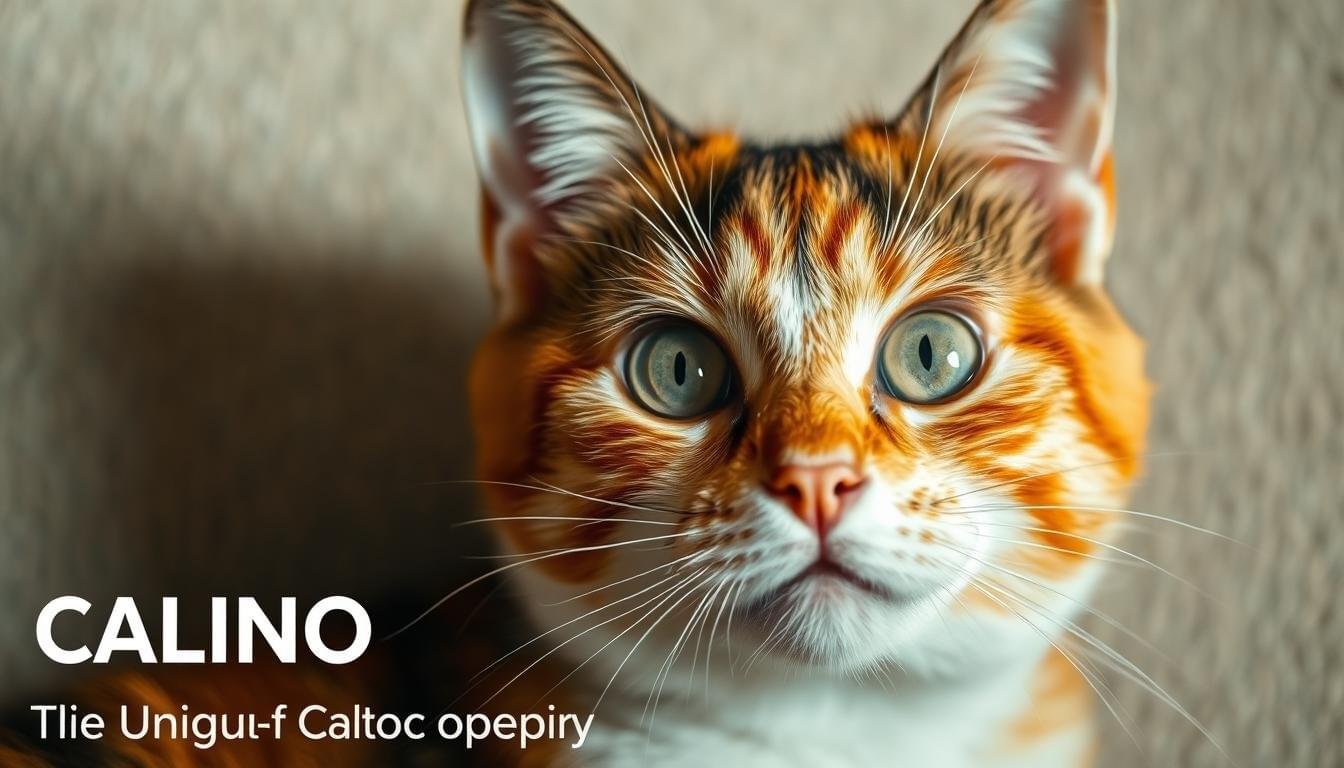

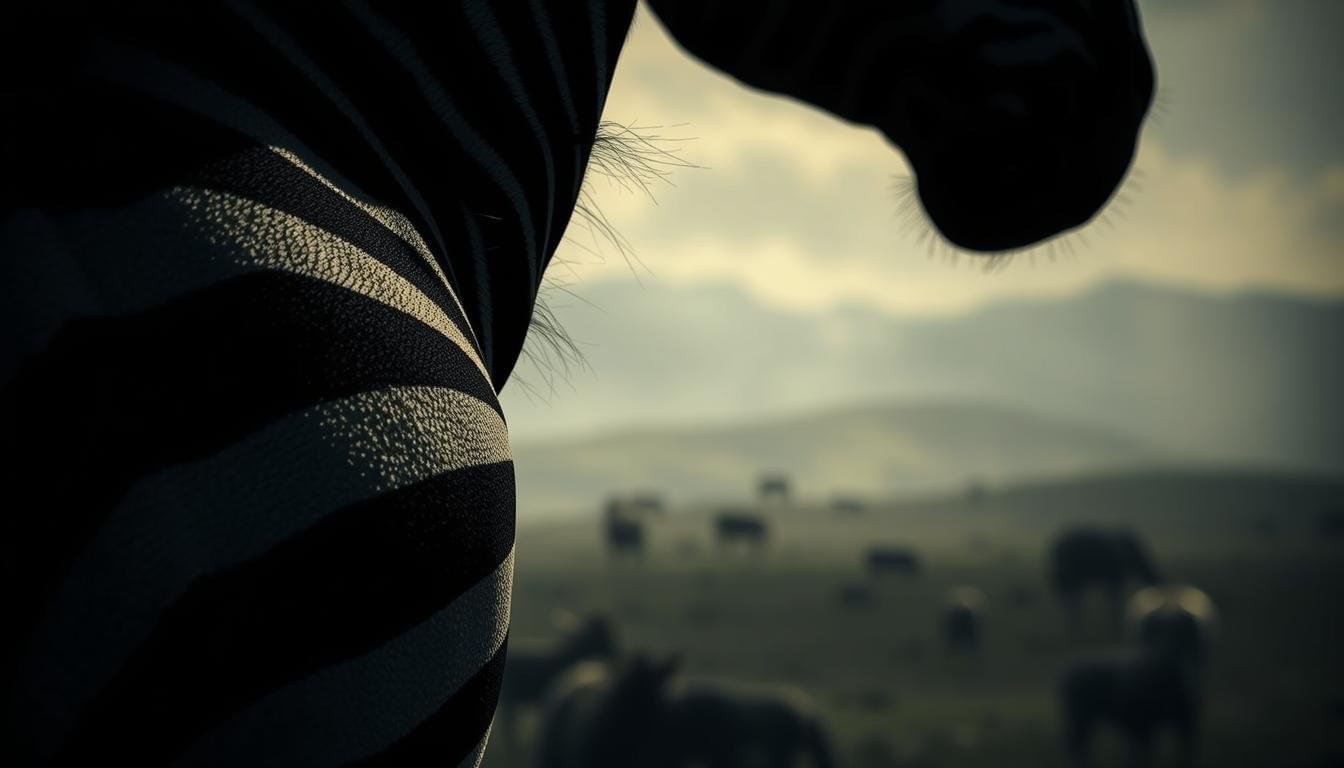
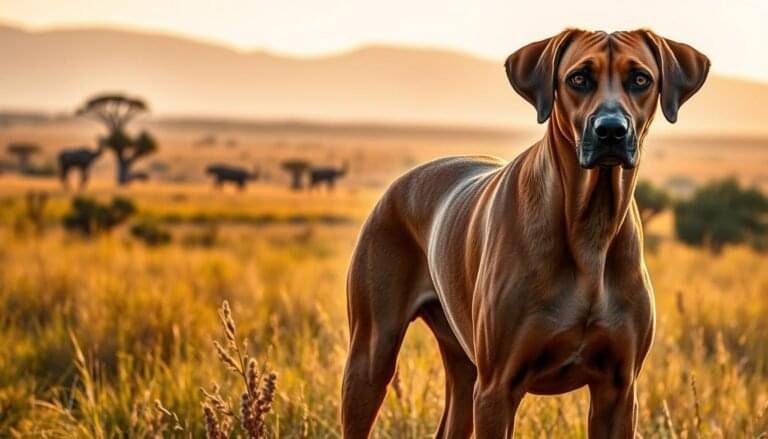
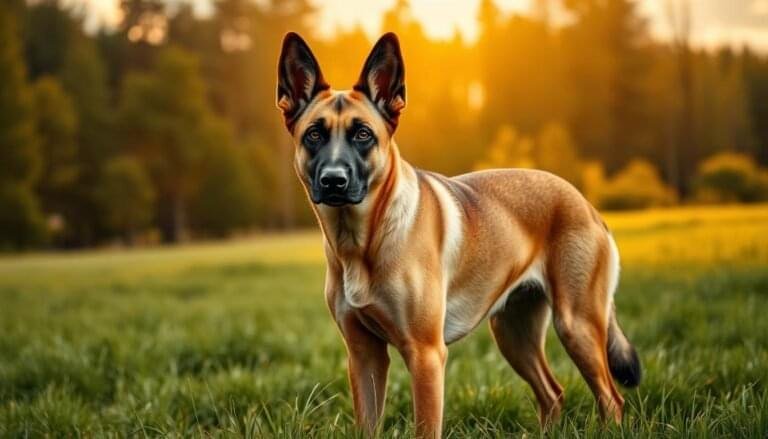
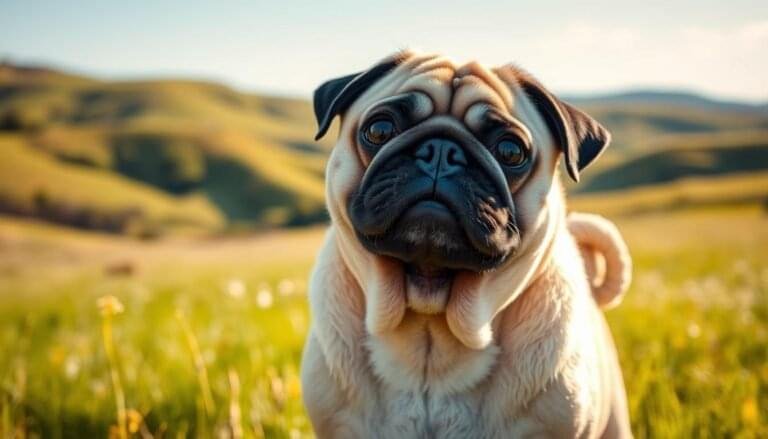




[…] A Comprehensive Guide to the Dogo Argentino – Everything You Need to Know […]
[…] A Comprehensive Guide to the Dogo Argentino – Everything You Need to Know […]
[…] A Comprehensive Guide to the Dogo Argentino – Everything You Need to Know […]
[…] you’re considering getting a Siberian Husky, it’s important to choose the right dog for your lifestyle and needs. Siberian Huskies come in a variety of sizes, colors, and personalities, so it’s important to […]
[…] Catahoula Leopard Dog has a rich history that dates back centuries. Originally bred in Louisiana, USA, by Native Americans and early […]
[…] medium-sized dog breeds are great for first-time dog owners, as they are typically friendly, easy to train, and require […]
[…] breeds may be a better fit for individuals with allergies. It’s important to note that each breed has its own grooming needs and temperaments, so spending time with the breed before bringing one home is crucial to see how your allergies […]
[…] Danes are one of the tallest dog breeds in the world. Males typically stand at an average height of 30 to 32 inches, while females are […]
[…] in a retired racing Greyhound is a win for both. These big hearted dogs need a home to relax and be loved in. Your care and understanding gives them a new shot at a great […]